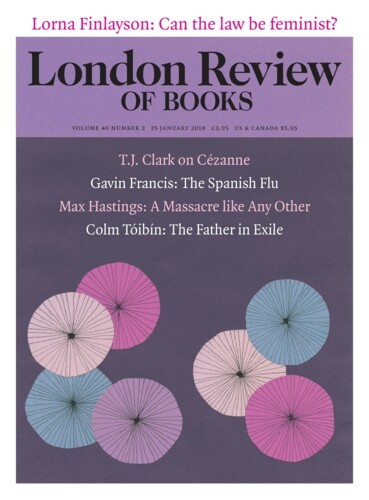From The Blog
11 August 2014
Earlier this month a double celebration took place at Carthage, once the greatest city in the Mediterranean, destroyed by the Romans at the end of the Punic Wars and now a seaside suburb of Tunis. The anniversary of Hannibal's defeat of the Roman army at Cannae in southern Italy on 2 August 216 BCE could be commemorated on the same day (2/8) as the beginning of the 2828th year since the foundation of the city by the Tyrian princess Dido in 814 BCE. Scholarly talks on Carthage and its heroes were followed by a carnival, including a parade from the acropolis to the amphitheatre with Carthaginian and Roman soldiers. The Tunisian embrace of Dido, Hannibal and their city might seem surprising. The Phoenician colony of Carthage was as much a foreign power in North Africa as Rome was, even if Dido is supposed to have won over the local population with trickery rather than war: promising to live on no more land than she could cover with ox-hide, she cut the animal skin into such thin strips it could encircle the entire hill on which she then built her city. But its earliest known invader has helped to define the nation of Tunisia since independence from France in 1956.
11 August 2014





